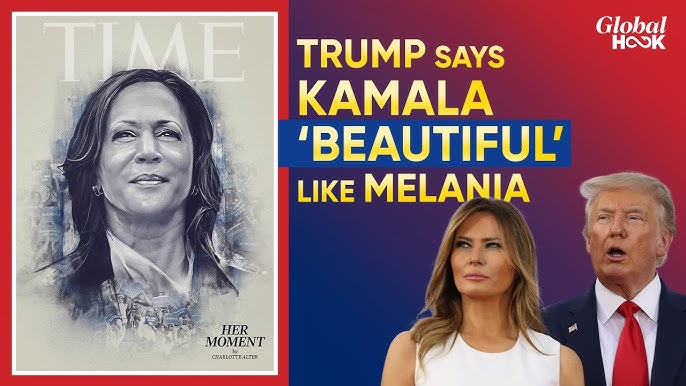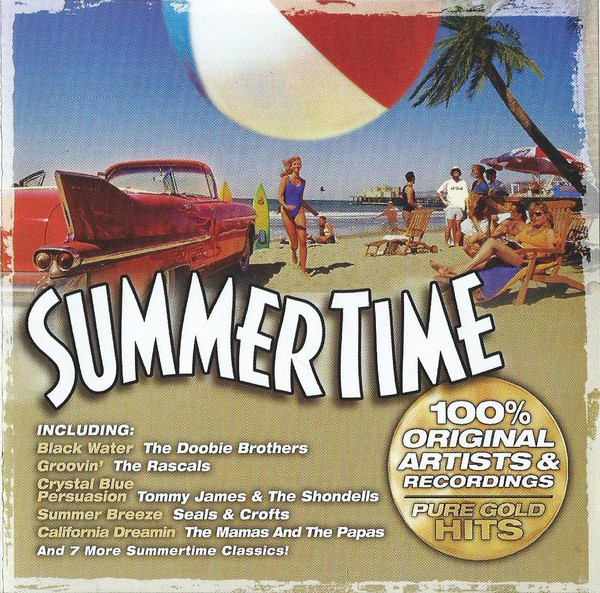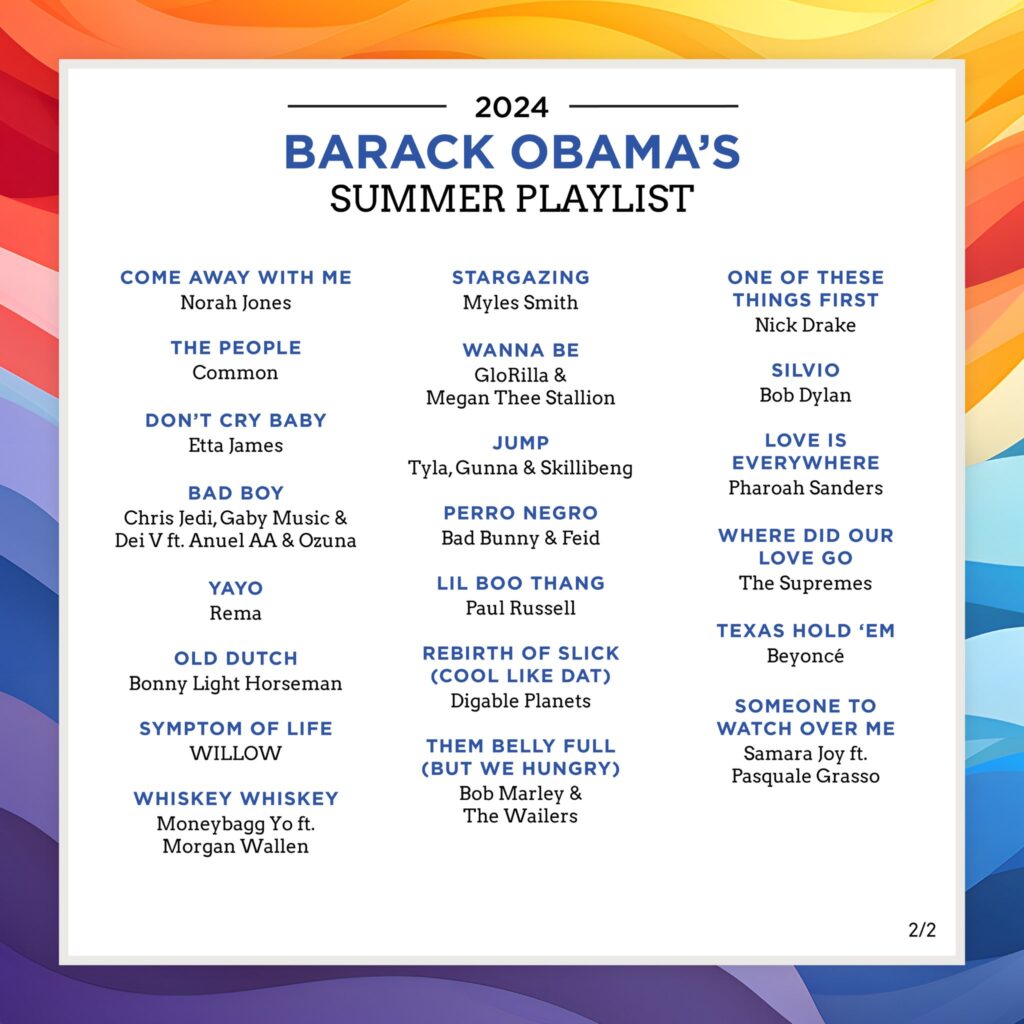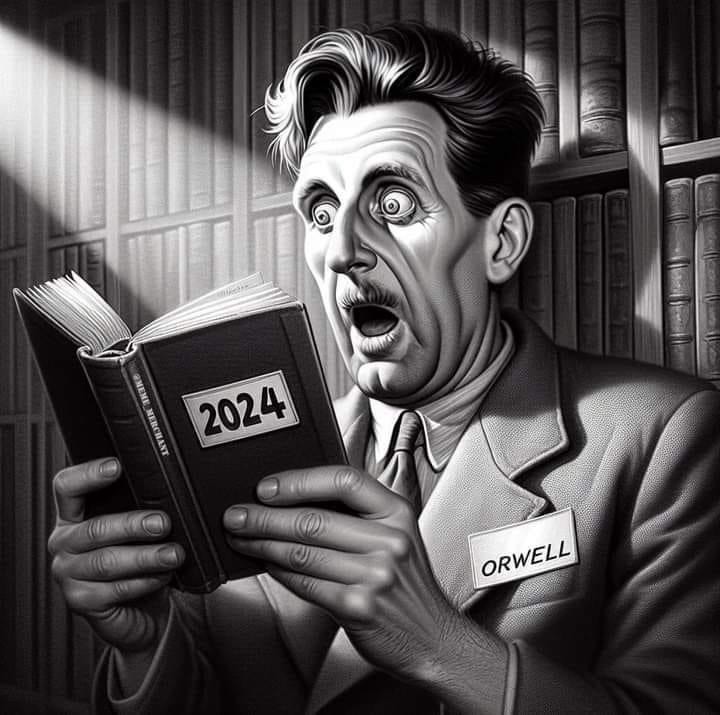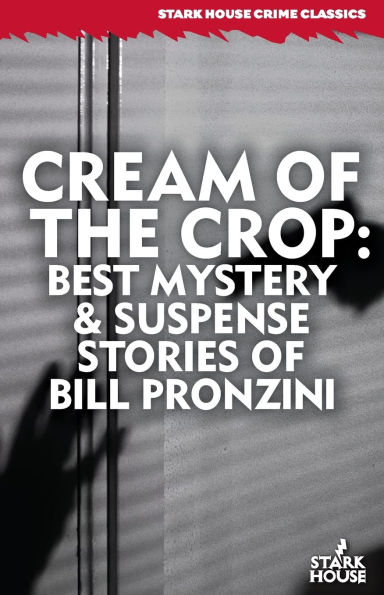I’ve been reading Bill Pronzini since 1971 when I picked up the first Nameless Detective novel, The Snatch, and loved it! Ten of the 26 stories in Cream of the Crop are Nameless Detective stories. At the beginning of the series–which grew to 41 novels, three collections, and several uncollected stories–the Nameless Detective was a pulp-magazine collector operating a one-man private investigator agency. Over time, the Nameless Detective series grew more complicated and thrilling to read from novel to novel!
I’m also a fan of the Carpenter & Quincannon Western series–9 novels and numerous stories–set in the 1890s. Pronzini collaborated with his talented wife, Marsha Muller, on these mysteries featuring a duo of detectives who solve some unique crimes.
The “Standalone” stories show Pronzini’s broad range of interests: impossible crimes, dark suspense, and puzzle stories. The common factor is all these stories are character-driven and compelling.
Bill Pronzini, one of the best mystery writers ever, personally chose all the stories in this collection. He did a great job! I’ve always admired Bill Pronzini’s craftsmanship. I admire him as a consummate professional writer whose long and successful career is epitomized in Cream of the Crop. Are you a Bill Pronzini fan? GRADE: A
TABLE OF CONTENTS:
9 * Preface *
Standalones
13 * Opportunity * Bill Pronzini * ss * Alfred Hitchcock’s Mystery Magazine December 1967
24 * Proof of Guilt * Bill Pronzini * ss * Ellery Queen’s Mystery Magazine December 1973
33 * Sweet Fever * Bill Pronzini * ss * Ellery Queen’s Mystery Magazine December 1976
38 * Smuggler’s Island * Bill Pronzini * ss * Ellery Queen’s Mystery Magazine December 1976
53 * Under the Skin * Bill Pronzini * ss * Ellery Queen’s Mystery Magazine October 1977
58 * Strangers in the Fog * Bill Pronzini * ss * Ellery Queen’s Mystery Magazine June 1978
66 * A Craving for Originality * Bill Pronzini * ss * Ellery Queen’s Mystery Magazine December 17 1979
75 * Stacked Deck * Bill Pronzini * nv * The New Black Mask No.8 ed. Matthew J. Bruccoli & Richard Layman, HBJ, 1987
95 * Liar’s Dice * Bill Pronzini * ss * Ellery Queen’s Mystery Magazine November 1992
102 * Out of the Depths * Bill Pronzini *ss * Ellery Queen’s Mystery Magazine September 1994
117 * Possibilities * Bill Pronzini * nv * The Strand Magazine #17, October 2005/January 2006
131 * The Cemetery Man * Bill Pronzini * ss * Ellery Queen’s Mystery Magazine July 2013
139 * Hooch * Bill Pronzini * ss * Ellery Queen’s Mystery Magazine June 2014
147 * Snap * Bill Pronzini * ss * Ellery Queen’s Mystery Magazine December 2015
162 * Goodbye, Ms. Damico * ss * Ellery Queen’s Mystery Magazine January/February 2023171
* Carpenter and Quincannon
173 * Gunpowder Alley * [John Quincannon & Sabina Carpenter] * Bill Pronzini * ss * Ellery Queen’s Mystery Magazine August 2012
195 * Nameless Detective
197 * Thin Air [Nameless Detective] * Bill Pronzini * ss * Alfred Hitchcock’s Mystery Magazine May 1979
214 * Cat’s-Paw [Nameless Detective] * Bill Pronzini * nv * Waves Press, 1983, chapbook
233 * Skeleton Rattle Your Mouldy Leg [Nameless Detective] * Bill Pronzini * nv * The Eyes Have It ed. Robert J. Randisi, Mysterious Press, 1984
256 * Incident in a Neighborhood Tavern [Nameless Detective] * Bill Pronzini * ss * An Eye for Justice ed. Robert J. Randisi, The Mysterious Press, 1988
263 * Stakeout [Nameless Detective] * Bill Pronzini * ss * Justice for Hire ed. Robert J. Randisi, Mysterious Press, 1990
274 * Souls Burning [Nameless Detective] * Bill Pronzini * ss * New Crimes 3 ed. Maxim Jakubowski, Robinson, 1991
281 * La Bellezza Delle Bellezze [Nameless Detective] * Bill Pronzini * ss * Invitation to Murder ed. Ed Gorman & Martin H. Greenberg, Dark Harvest, 1991
305 * Home Is the Place Where [Nameless Detective] * Bill Pronzini * ss * Ellery Queen’s Mystery Magazine November 1995
313 * The Big Bite [Nameless Detective] * Bill Pronzini * nv * Shots Winter 1999
326 * Who You Been Grapplin’ With? [Nameless Detective] * Bill Pronzini * ss * Ellery Queen’s Mystery Magazine December 2014
339 * Bill Pronzini Bibliography (1943- ) * Bill Pronzini *
